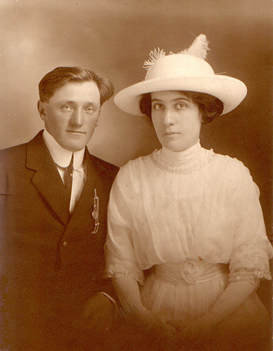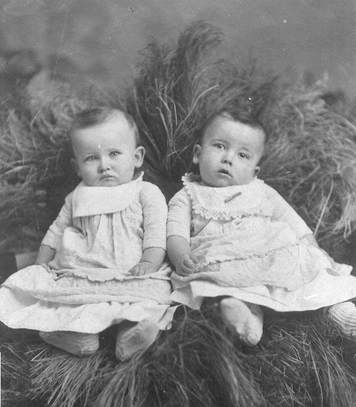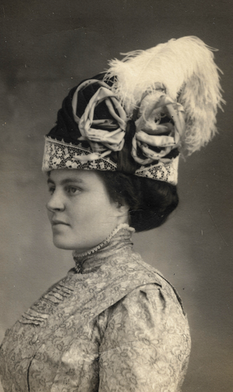 Photo by Julia Kadel on Unsplash Perhaps January days of fog and lack of sunshine have turned my thoughts to darker topics. As genealogists we are a bit strange with our fascination with death and death records on our search for information for our family history. Let’s look at ideas for finding this information. As more information becomes available online, we have opportunities to find the actual death records online on sites such as Ancestry as well as free sites like FamilySearch. If you haven’t looked lately, check for your people again. North Dakota death records are on Ancestry now—with the cause of death blocked. This is unfortunate as we try to understand our health history. I imagine it has to do with personal privacy. While it is cost prohibited to order directly from the state for every ancestor, it might be worth it to do so with your direct ancestors.
A recent blog by Melanie Mayo at Family History Daily titled ICD Codes on Death Certificates Can Tell You How Your Ancestors Died (familyhistorydaily.com) provided key information about the medical codes and what they mean. This article explored a topic I hadn’t thought about. Sometimes we cannot easily read the handwriting on the death certificates, and this is another way to discover the cause of death. This site is useful to understand the codes that are used. Note that they were updated throughout the years, so you need to find the correct link to confirm the code/cause of death. In addition to the death certificates, remember to look for the newspaper obituaries. Depending on the timing in your region of research, the local records might be incomplete—not everyone recorded these deaths. However, the local newspaper might just share some data. As an example, I was able to find my 3 G-Grandfather’s death noted in the local newspaper. Granted it was only a single line noting his last name, said he was aged and general location of farm where he died. Church records are another resource. With the above 3-G grandfather I was able to write to the local church for a copy of his burial record. That included additional details about him, including his place of burial. He had a grave marker, but it was difficult to read. I suspect if I didn’t know approximately where his burial plot was, I would have walked right by it. By the way, FindAGrave has his burial location in an incorrect place. He was buried in one cemetery while his widow was later buried with family in another. It was probably a matter of practicality as she attended that parish in her later years. I still love FindAGrave and have found useful obituaries and other key information thanks to the many volunteers. Finding additional information on your ancestor helps to clarify locations and dates. In this case the church record was key to the burial location. I hope this has given you some ideas as you explore the last days of your ancestor’s life. Each type of document may give you additional information. Good luck exploring!
0 Comments
Leave a Reply. |
AuthorWith a lifelong passion for genealogy and history, the author enjoys the opportunity to share genealogy tidbits, inspiring others to research and write their family story. Archives
July 2024
Categories |



 RSS Feed
RSS Feed